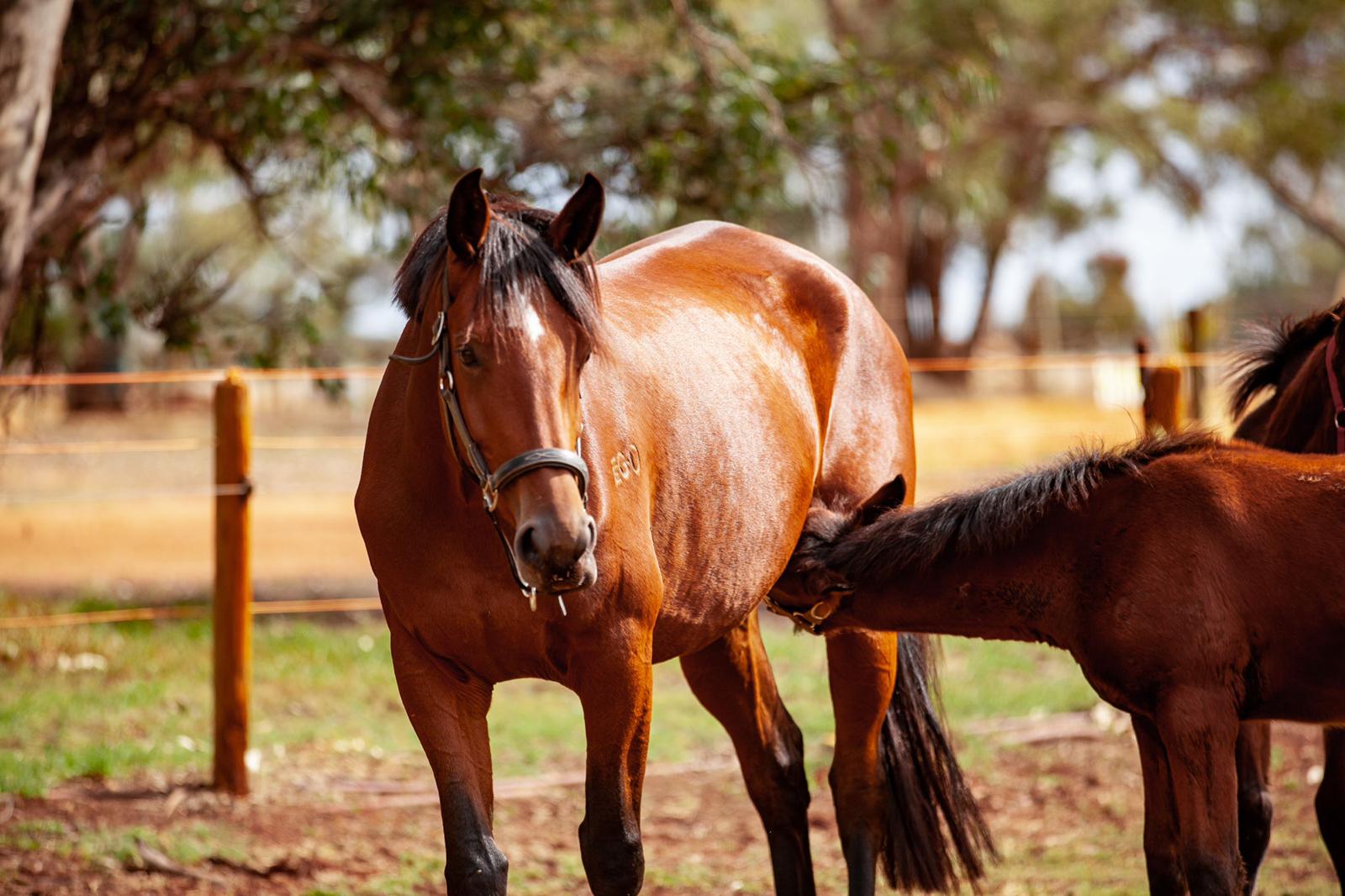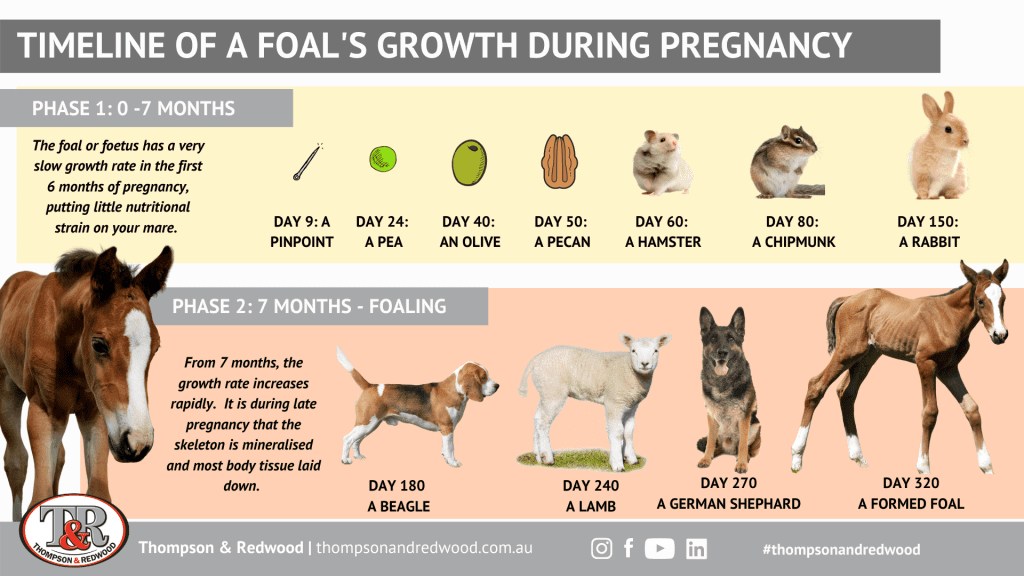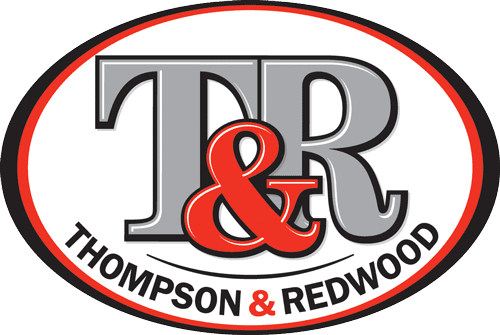
17 Aug Managing Broodmare Nutrition – From Conception to Lactation
by Jill Davies, equine nutritionist
Managing broodmare nutrition from conception to lactation is one of the most important factors in breeding. Getting nutrition right helps to give you a structurally sound foal, as well avoiding health risks in both your mare and foal during pregnancy and post foaling.
In this post we are going to break down the changing nutritional demands in broodmares into three phases of reproduction, and discuss why it’s important to tailor their feeding to suit each individual phase.
What are the main feeding phases for broodmares?
A broodmare’s feeding regime can be separated into three distinct phases. It is vital to adjust your feeding to accommodate the requirements of each of these phases. One of the most common errors is overfeeding in early pregnancy, and underfeeding in late gestation and lactation.
1. Early Pregnancy (including when empty): This covers from conception all the way through to the 7th month of the mare’s gestation. The feeding style for early pregnancy also suits the requirements of maiden mares and Empty/Barren Mare in other words a mare without foals at foot.
2. The last trimester of pregnancy: this phase covers the last trimester of the mare’s pregnancy, from approximately seven months through to the date of foaling down. It represents the fastest growth phase for the foetus, and is when your mare’s nutritional requirements increase.
3. Lactation: Lactation covers from date of foaling, up to when the foal is six to eight months old.
Phase 1 – Conception and Early Pregnancy
Conception
To assist the broodmare owner, it is a good practice to keep track of the brood mares Body Condition Score (BCS) and to make any feeding adjustments due the smallest visible change in the mare BCS. This is in order to keep the brood mare at a healthy and consistent BCS. The optimal BCS for a mare ready for the breeding season would be between a BCS of 5 to 7 on the Henneke (1 to 9) body condition score scale. If a mare was at either end of the BCS scale, then the mare’s reproductive efficiency is diminished.
Why is body condition score at conception important?
- Research has shown mares coming into the breeding season in optimal BCS start to ovulate earlier compared to mares which are in a poor BCS (1-4).
- Mares in poor BCS also have difficulty conceiving and maintaining a pregnancy compared to mares that have a BSC of 5 -7.
- Mares scored as obese may continue to ovulate throughout the winter when naturally, the mare’s reproductive system should be “shutting down”. Negative repercussions occur if the mare is kept in an obese BCS.
- If the mare exceeds a BCS of 7 her milk production can be reduced and even stop. Obesity also places needless stress on her joints and hooves which can cause lameness and pain.
- Decreased reproductive function in mares has been both associated with obesity and decreased insulin sensitivity. A persistent corpus luteum is thought to cause longer intervals between ovulations which will make the obese mare harder to get in foal if conception did not occur on foaling heat.
Early Pregnancy
To feed a mare correctly throughout her pregnancy, it is vital to understand how the foetus develops during gestation.
The foetus, contrary to popular opinion, does not grow at a steady constant rate throughout the eleven months of gestation. The foetus is very insignificant during the first five months of pregnancy. At the 7th month of pregnancy, a foetus weighs approximately 20% of its birth weight, which is less than 2% of the mare’s body weight. The foetus nutrient requirements are miniscule compared with the mare’s own maintenance requirements.
A mare in early pregnancy can be fed roughly the same as if she were not pregnant at all. The right diet, like with many horses, will be determined by the quantity and quality of the forage available to her. If a mare is on very high-quality pasture, her diet may only comprise of grazing with the addition of the necessary vitamins and minerals to supplement the nutrient shortfalls in WA hays and pastures. Where pasture is unreliable or of poor quality, additional quality hay or Lucerne chaff can be fed at a rate of at least 1.5-2% bodyweight per day or ad lib.
The risks of obesity:
It’s a common misconception that when a mare gets in foal, she is now “eating for two.” This is not only unnecessary but may lead to obesity and problems at foaling time. Obesity in broodmares is a serious problem, not only affecting the mares’ fertility and ability to conceive, but potentially risking the health of the foetus during delivery.
Over conditioning your mare at this stage may increase the chances of the foal exhibiting developmental orthopaedic diseases after birth. This is particularly true where pregnant mares have access to high quality pasture during early pregnancy. If pasture quality is high, it may be necessary to restrict grazing by means of stabling or muzzling for part of the day. Access to pasture or hay should not be denied for longer than eight hours at a time to prevent digestive upset.
The risks of poor nutrition
By the same token, it is very important in early pregnancy that the mare does not go into negative energy balance and lose condition. Owners of picky eaters and poor doers need to be vigilant, as mares in poor condition are at increased risk of pregnancy loss.
Early Pregnancy Summary:
- Feed your mare to keep and maintain good body condition (BCS 5-7)
- Be careful not to let your mare gain too much weight or lose weight
- Ensure all vitamin and mineral requirements are met. Deficiencies at any stage of a horse’s life are detrimental.
Phase 2: Late Pregnancy
This is where things really get going! The foetus begins to develop rapidly after the 7th month of pregnancy. From this point on, the foetus’ nutrient requirements become remarkably greater than the mare’s maintenance requirements and adjustments should be made to the mare’s feeding regime.
During this period, the mineralisation of the skeleton occurs, and foetal tissues are being formed. This all requires proteins, calcium and phosphorus which in turn increases the mare’s requirements.
Trace Elements:
The requirements for trace elements are also increased as the foetus needs to store iron, zinc, copper, and manganese in its own liver for use to support correct skeletal growth during the first few months after it is born.
Why does the foetus need to store trace elements? Foals need to store trace elements during pregnancy because a mare’s milk is actually rather low in these trace elements. Without appropriate liver stores of trace minerals, the foal may be predisposed to growth disorders.
Running out of room!
A mare in late pregnancy has an increased requirement for nutrients, but the growing foal reduces her capacity for feed intake due to it’s rapidly expanding size.
This is why it is vital to feed ensure she is getting a high quality, concentrated supplement to meet all of her nutritional requirements.
So how do you feed her?
Feed a balanced breeding supplement or feed
To ensure a mare is receiving enough of the major minerals at this phase of their pregnancy (Calcium & Phosphorus), the trace elements (zinc, copper, iodine, selenium, iron & manganese) plus, the fat-soluble Vitamins, (A, D & E), it’s good practice for the horse owner or breeder to choose either pre-made horse feed or a vitamin and mineral supplement which contains the appropriate amounts.
Get to know your pasture and forage
Get to know what is in your pasture and hay. Western Australian pastures, hay and soils are generally higher in calcium (except C4 oxalate grasses) and deficient in phosphorous. Try to get your hay tested, or your pasture analysed so you can accurately determine any areas for supplementation.
Count your calories
Mares in late pregnancy are often overfed calories (Digestible Energy) by owners trying to feed the increased amounts of proteins (amino acids), major minerals and trace elements required for the developing foal. If this is an issue, additional Lysine can be used to make sure the mare is able to access the proteins in her diet. Again, feeding a good balanced breeding feed can help you get these levels right. Our Horse Grower Weaner Pellets are an ideal option.
GET READY for foaling…
Why?

Phase 3: Lactation
Early Lactation
After foaling, the mare’s nutrient requirements significantly increases again. During the first 3 months of lactation, a mare has to produce milk for the foal at a rate of approximately 1 – 4% of her body weight each day.
Some mares produce so much milk the foal grows quickly and strong. But this can be a detriment to the mare as she begins to lose weight and body condition, using her own body reserves to supply her growing foal. Malnutrition at this point can cause problems if you are wanting to get the mare back into foal and retain a viable foetus.
Concerted efforts need to be made to keep the brood mare in “good condition” at all times during lactation. This is when the art and knowledge of body condition scoring on a regular basis can reap huge rewards for breeders.
What are the key requirements for lactation?
A mare’s milk is rich in energy, proteins (amino acids), calcium, phosphorus & vitamins. Therefore, the mare should be fed enough hard feed, fats and high-quality forage to meet her significantly increased nutrient requirements.
The amount of hard feed and fats per day can depend on the mare. Ask yourself, is she a good-doer or poor-doer? It is also important to take into account the mares age & breed, as this can impact her requirements dramatically.
Pasture and hay quality also have an influence on the amount of hard feed she will need. Your aim should be to use the best quality low sugar forage with some lucerne hay, to help with increasing the limiting amino acid lysine. Some mares do very well and produce plenty of milk on good quality forage /pasture with a feed containing good quality amino acids (proteins), vitamins and minerals.
Trace element supplementation is not as important for lactating mares as for during the late pregnant mare phase of gestation because the mare’s milk actually contains low levels of these minerals. Research has shown that adding trace elements to the lactating mare’s diet does not increase the trace element content of the milk.
Calcium and phosphorus are the major minerals to be of main concern during lactation. Lupins or soybean meal a great inclusion in a broodmares diet during lactation, as is lucerne chaff
or hay due to the high calcium & protein level.
Late Lactation (Foal from 4 months old)
After about three months of lactation, milk production begins to decline. At this time, grain intake can be reduced to keep the mare in a good BCS. It is often useful to reduce the mare’s feed ration just prior to the foal being weaned to try to help the mare’s milk to dry up when the foal is taken off her.
When the foal has started to eat their own creep feed (at around 4 months of age) a well-fortified feed suitable for foals is important to ensure they have an adequate intake of vitamins and minerals.

Additional Broodmare Management Tips
Exercise for your broodmare
It’s recommended to keep a broodmare in a fit condition ready for foaling down. Grazing can provide adequate exercise for a brood mare in most instances. Although a heavily pregnant mare in the last month of gestation is less nimble, ideally she should graze within easy range of their hard feed. Spacing out her hard feed and water can help to encourage self-exercise.
Slight hills in a mare’s paddock can also help pregnant mares to self-exercise and maintain fitness. If for some reason a mare is confined to a small paddock, you can walking her in hand for 15-20 minutes per day. This can help to promote feed utilisation and physical fitness. It is not advisable and also very uncomfortable for a heavily pregnant mare to be exercised under saddle, or lunged.
Older Broodmares
Healthy, well cared for mares often breed regularly until around 20 years of age. Mares over 16 years of age should receive extra crude protein & calcium daily because older horses are less efficient at absorbing these nutrients. It is also wise to feed processed feeds for an aged mare to ensure she obtains the full benefit from the concentrate feed. The older mare should be provided with a more energy dense ration with additional proteins, as protein utilisation is not as efficient in the older mare.
In summary
Managing broodmare nutrition from conception to lactation, and paying careful attention to a balanced, adequate, but not excessive diet provides the best start to a foal’s life. Energy, protein, minerals and vitamins are all essential components of the broodmares diet.
- Never over feed during early pregnancy, or under feed during lactation.
- Different breeds have different nutritional requirements. Make sure you are familiar with the needs of your chosen breed. Unsure of what they are? We’re here to help.
- Get to know the nutritional value of your pasture and/or hay to help you understand your mare’s additional requirements.
- Make sure you adjust your feeding to support the increasing nutritional demands from 7 months gestation.
- In the last few weeks of pregnancy, increase your mare’s ration to the level needed for early lactation, to avoid sudden changes.



Geoff Nicholls
Posted at 09:45h, 07 DecemberI found this article to be clear and easy to understand, without complicating diets as can be found in some written advice. Plain English and inclusive time lines is helpful. The key point is the onus upon the mare owner is to have pasture and local hay tested for composition. I now live in Victoria after spending most of my life in WA. The climate and pasture differences are like chalk and cheese between the two states. Thank you.
Ally Doumany
Posted at 03:33h, 08 DecemberThank you Geoff, yes testing hay and pasture is so important for getting an accurate picture of what your horse needs from their diet and feed.